|
We have all heard that eating too much sugar could eventually result in a diagnosis of Type 2 Diabetes. However, just because you have not been diagnosed with diabetes, does not mean your body is tolerating the amount of sugar in your diet. In 2017, Outside Magazine published an article titled Are Endurance Athletes More Susceptible to Diabetes? In it, the author introduced an endurance runner who also happened to be an intern at the University of Canterbury Center for Bioengineering, which was researching the clinical potential of continuous glucose monitors (CGM). After a hard bonk in her last ultra endurance event, she wondered if she could use a CGM to help her better understand her blood sugar levels during a long run, see when her levels started to drop and prevent the bonk all together by using exogenous glucose (aka- a gel). After some self experimentation and seeing some potential for future research, she soon found herself in a PhD program studying the potential uses of glucose monitoring in athletes. In 2016 her first initial pilot study on ten runners and cyclists was published in the Journal of Diabetes Science and Technology and the findings were quite a shock. “Instead of bonk-inducing blood sugar lows, the more common problem in her subjects, who typically averaged at least six hours of training a week, was high blood sugar throughout the day—an outcome that pointed to an elevated risk of Type 2 Diabetes in these seemingly super-fit athletes. ‘I was incredibly surprised to see the results,’ Thomas says. ‘It seemed contrary to almost everything else in the field.’” Her initial findings were that 3 out of 10 athletes in the study had fasting blood glucose levels that were by the ADA definition, in the pre-diabetes range. Although the current numbers don’t support the claim that endurance athletes are more susceptible to diabetes, there is certainly a very large range of pre-diabetes that many of us sit in.
|
AuthorTiana Rockwell is a certified nutritional therapist, avid endurance athlete and dark chocolate lover. She believes that by eating REAL food, we can balance our body and reach optimal health and wellness! Archives
May 2022
Categories
All
|

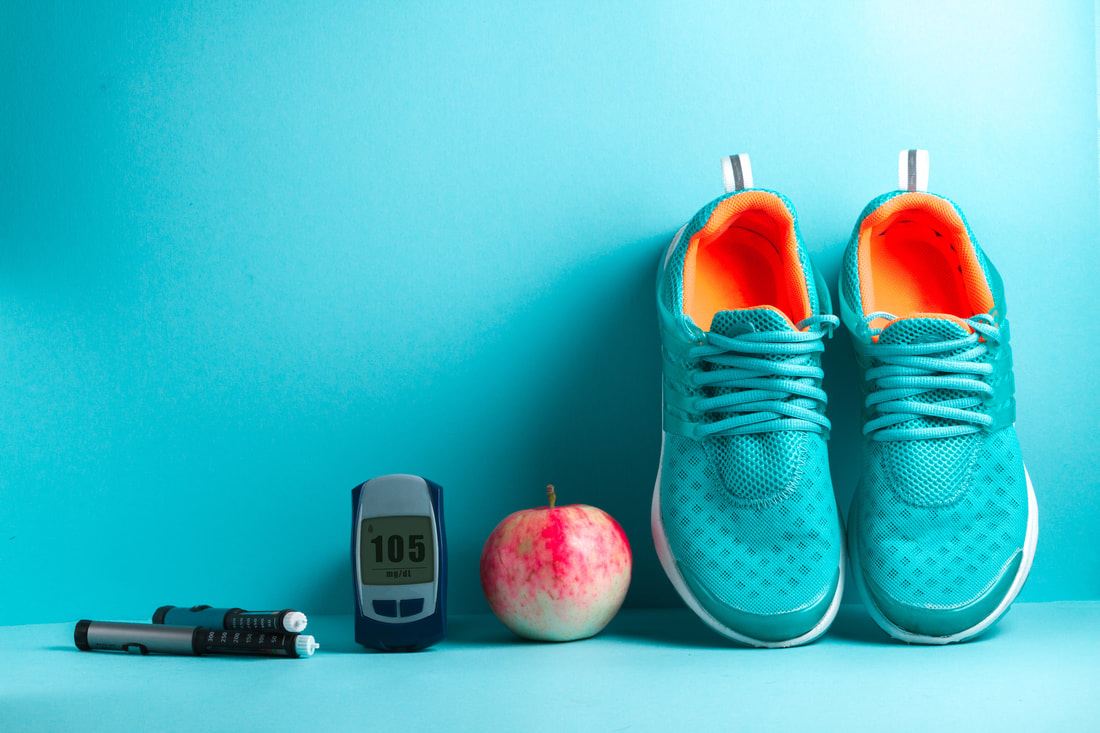
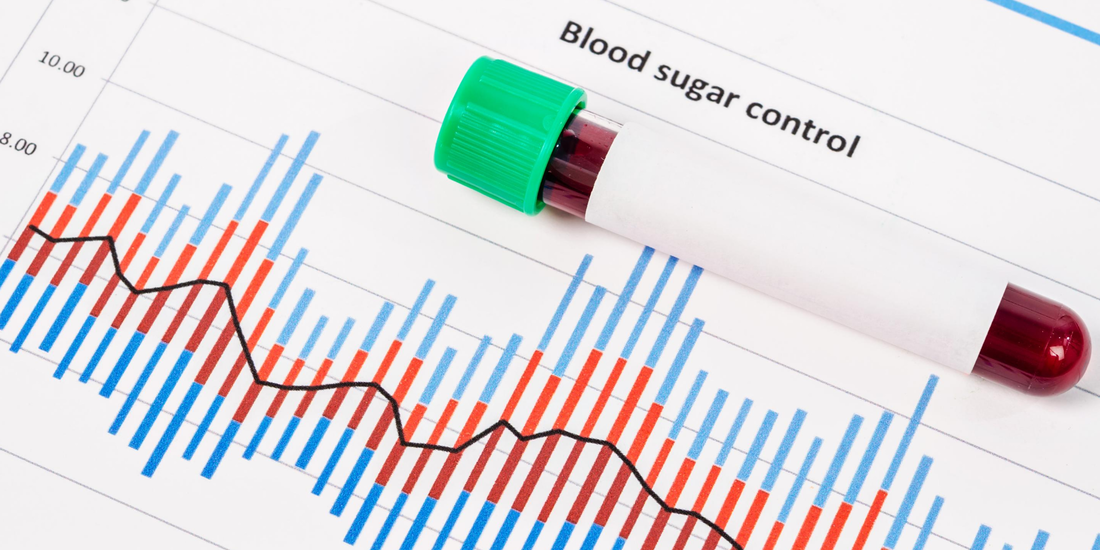
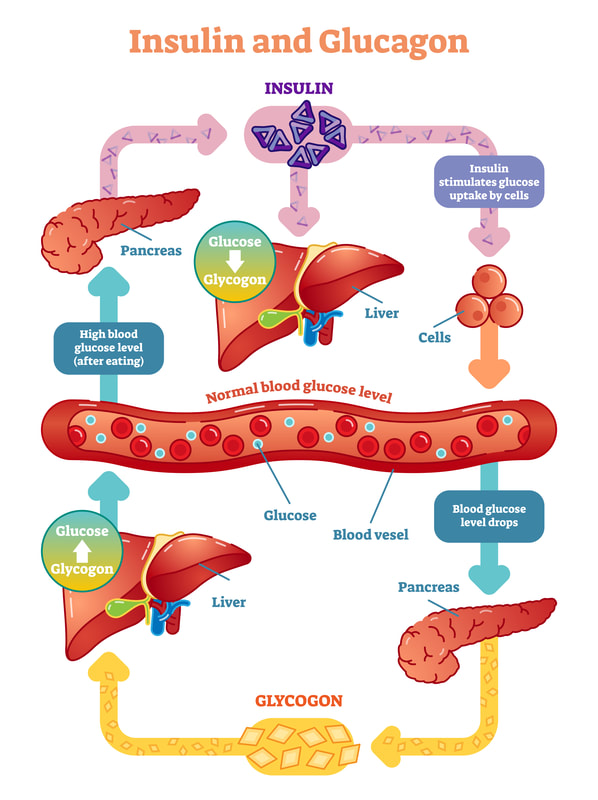
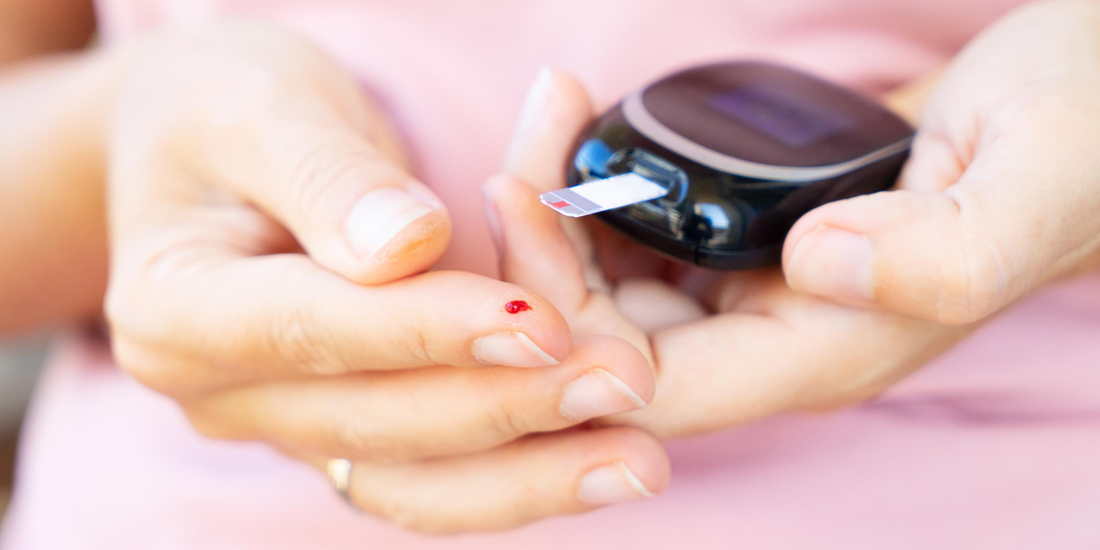

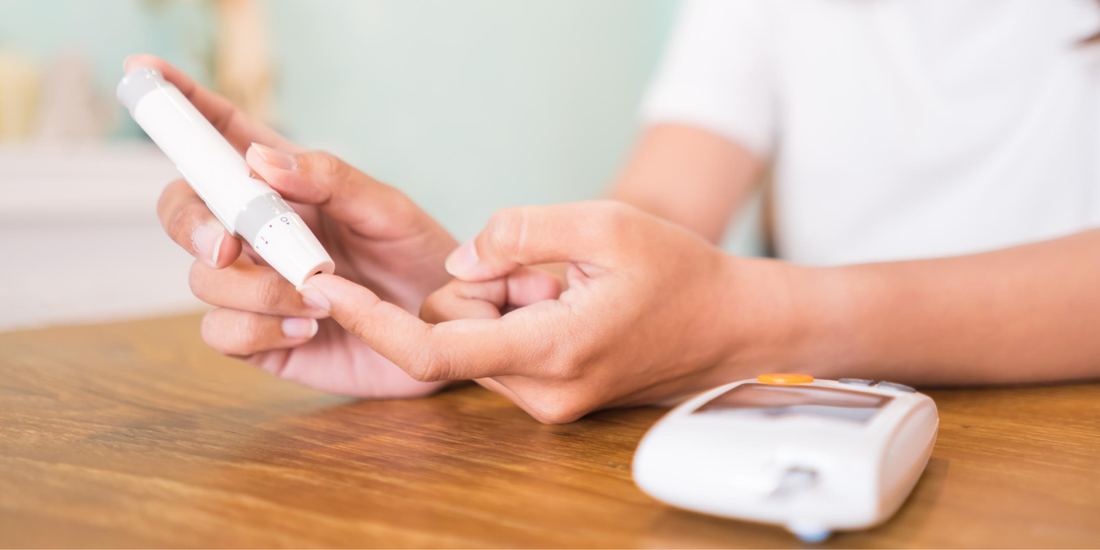

 RSS Feed
RSS Feed